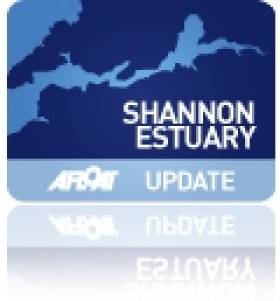Displaying items by tag: €3m EU Funding
EU Funding of €3m to Drive Shannon Foynes Masterplan
#EUPortFund - Funding of €3m from the EU has been secured for Shannon Foynes Port Company, the bulk of which will be spent on building a new East Jetty at the Limerick port, writes The Limerick Leader.
But some €800,000 has also been assigned to examine the feasibility of restoring the rail link to the facility. The East Jetty and the restoration of the rail link are part of the port company's 30-year master plan, Vision 2041. Earlier this year, a seven-year investment plan of €50m got underway and work began on developing the East Jetty which is expected to cost €12.5m.
The €3m funding has come under the Connecting Europe Facility, which has rolled out a record €13.1 billion investment plan for 276 transport projects across Europe. The port company was one of some 700 applicants for the fund and invested considerable time and effort in making the application.
The work on the East Jetty will completed in two phases. The first phase, which has begun, will involve the construction of a retaining wall along berth six, the removal of the existing viaduct and the infilling of 14,500 square metres behind berth six to create substantial new open quay storage.
Preliminary work will also take place on phase two, which involves linking the East and West jetties but construction of phase two is not expected to begin until 2019. The company has repeatedly made clear that it sees the restoration of the rail link as important for the continuing and future development of Foynes and of the estuary generally.
For more on the story click here






























































